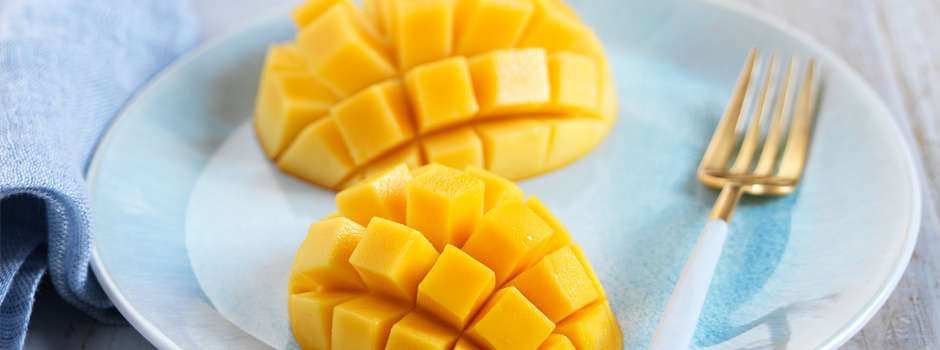



This season, a mango producer utilised its farmers as models to help push more goods via the major cities. This summer, Pinata Farms launched a huge marketing effort encouraging people to “trust” the Honey Gold mango brand’s growers. General Manager, Stephen Scurr was the face of the campaign, which was introduced in high-traffic regions of Sydney and Melbourne in the lead-up to the season’s zenith in January. The ad, according to Pinata Farms managing director Gavin Scurr, is about celebrating the families behind the food. The Honey Gold variety is grown by roughly 30 third-party producers across the Northern Territory, Queensland, New South Wales, Victoria, and Western Australia.
Mr Scurr explained, “We’re asking customers to believe us because we grew it.” To produce Honey Golds, the growers blend cutting-edge techniques and technology with tried-and-true methods developed over many years of expertise. They use Honey Gold’s expertise in tree maintenance, harvesting, and volume forecasting. They may need to adjust their procedures to attain consistent fruit quality, including colour, flavour, and appearance according to the conditions in their producing region. “No matter where Honey Golds are cultivated, all of our producers are devoted to supplying Honey Golds that taste and look the same. We want consumers to know that our producers invest a lot of effort, love, and care into producing delicious mangoes, and that they are completely committed to excellence across the supply chain.”
The campaign follows the debut of a new branding presence last season. The Honey Gold harvest began in early November in Darwin and will continue through March, with the Queensland harvest currently underway.
Around the world, the mango industry has developed rapidly and the variety has become more diverse. Many consumers are interested in this sweet fruit, not only because of its sweet taste but also because of its high nutritional value. The main varieties are Australian mangoes, Jin Huang, Kate, Gui Mian and Tai Nong. These five varieties account for 99% of the mangoes planted, and the other 1% are scattered among 90 other varieties. In addition to purchasing mangoes from all over the world, producers are also cultivating the best varieties within themselves.
Article by: Hari Yellina (Orchard Tech)